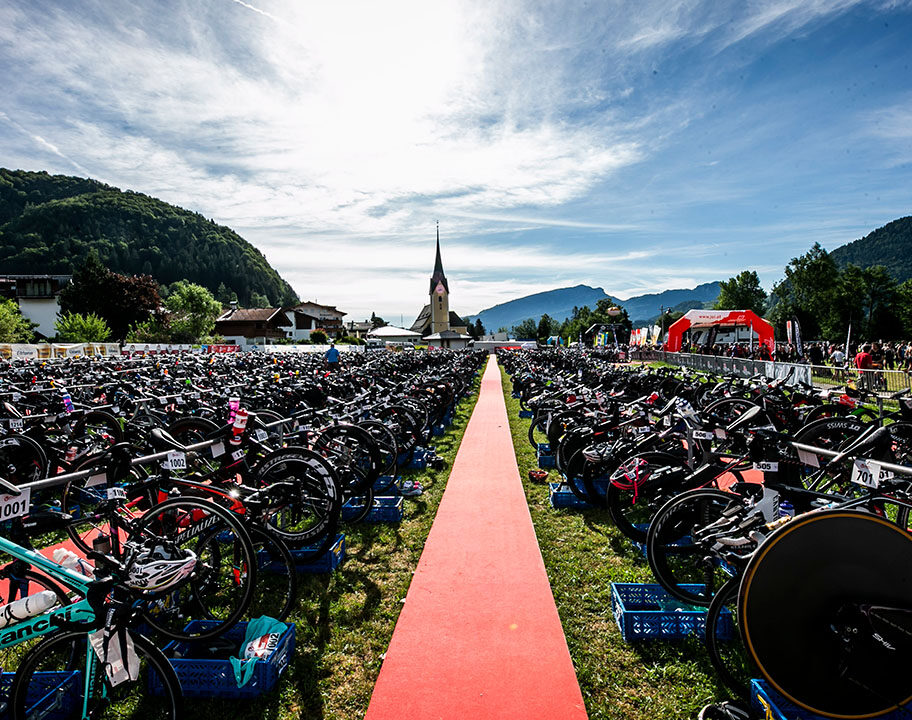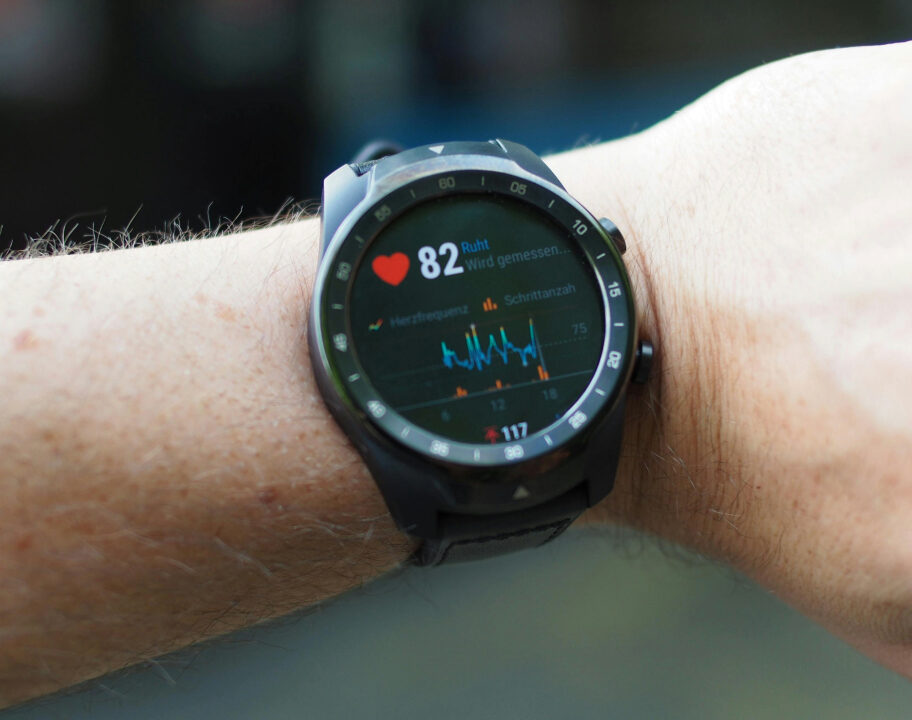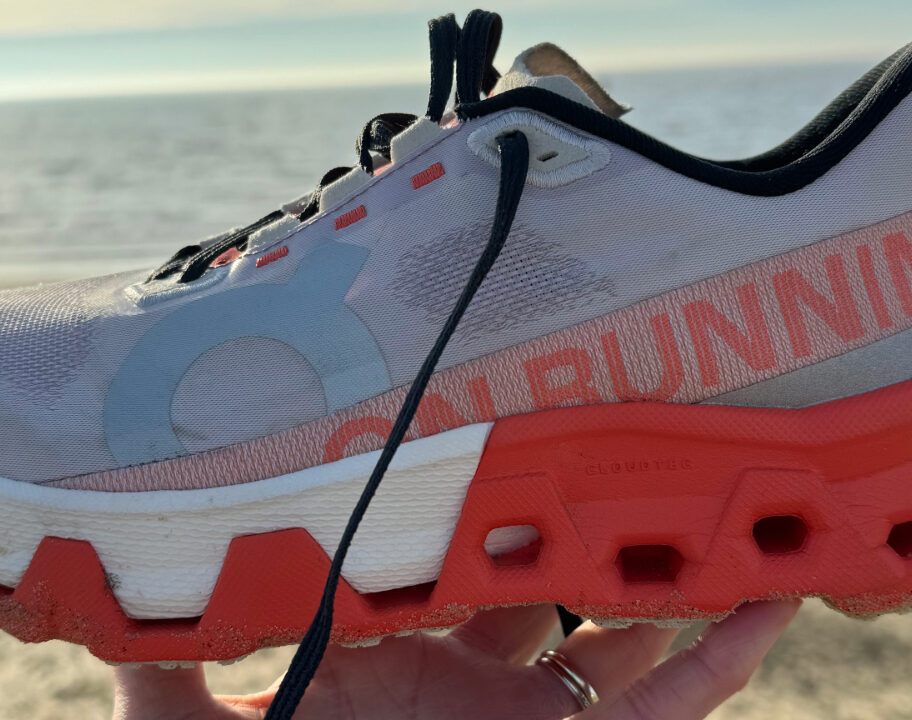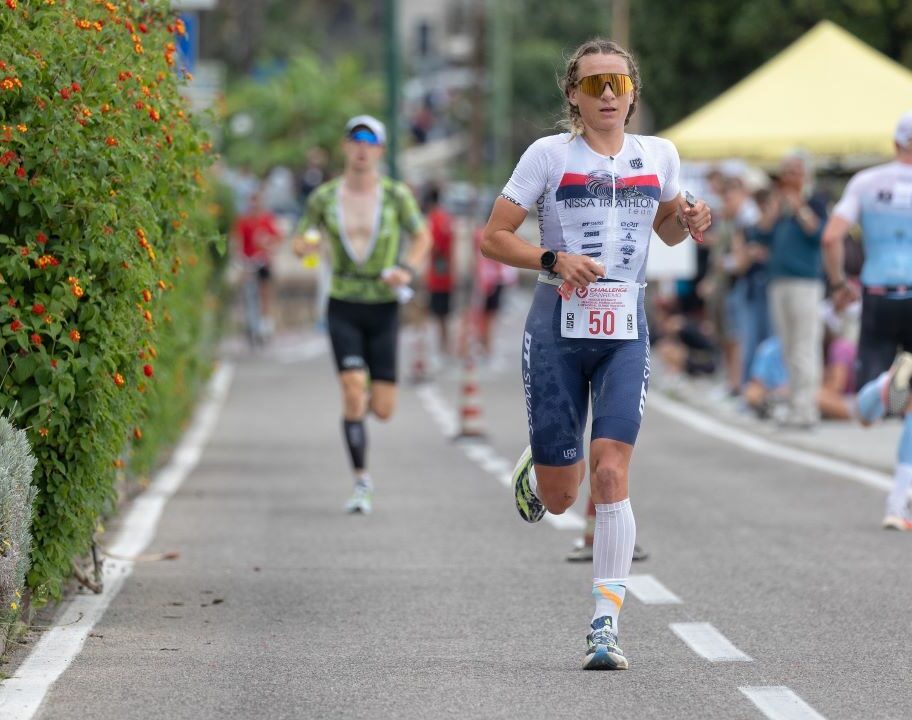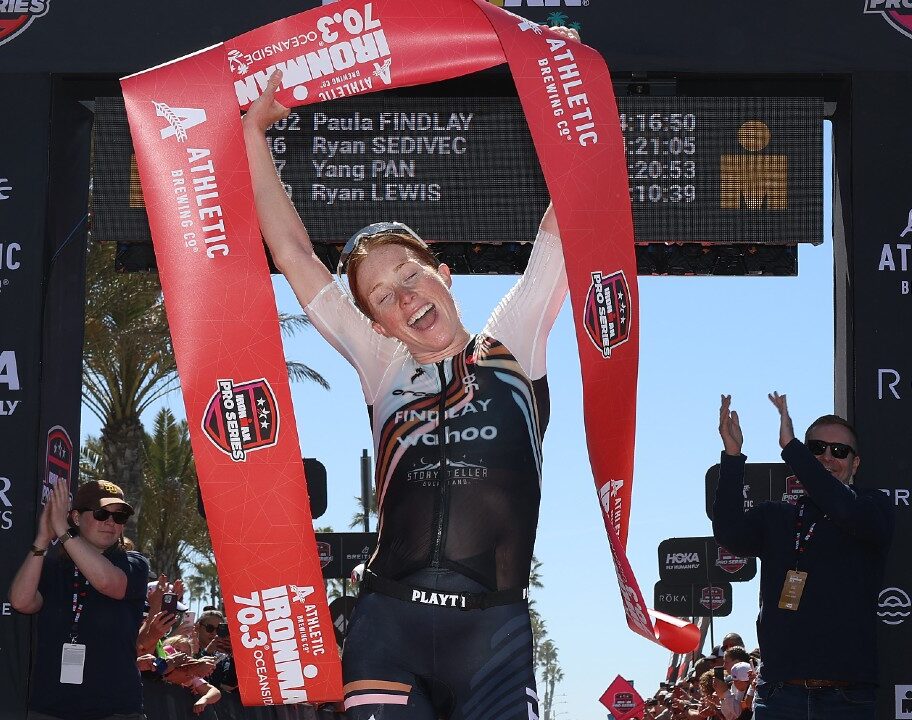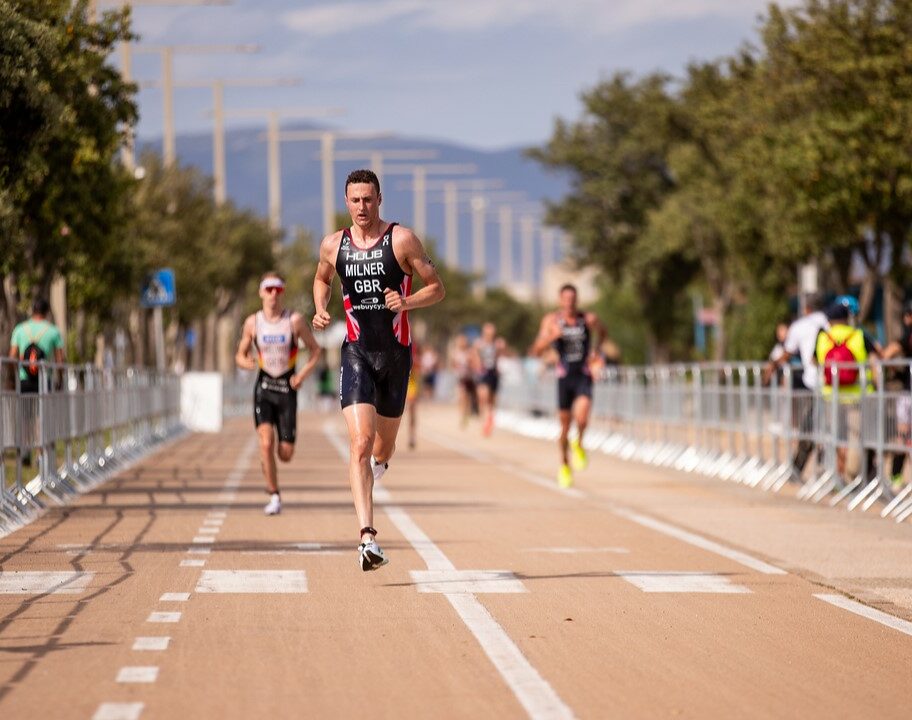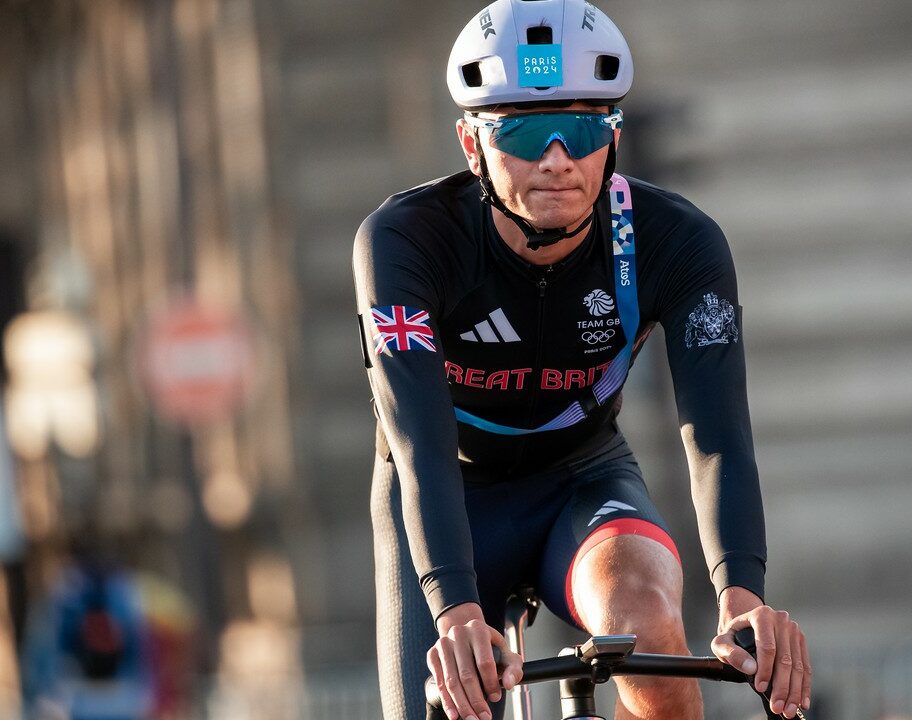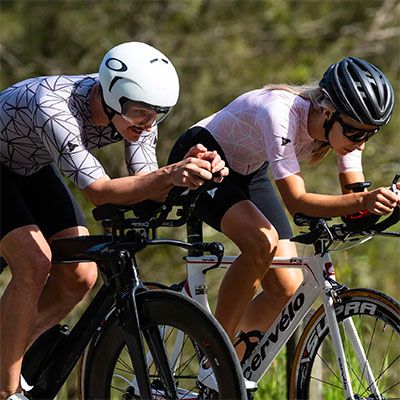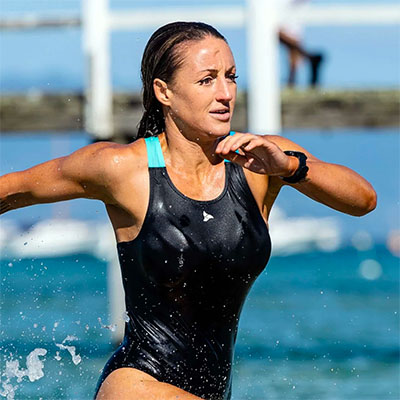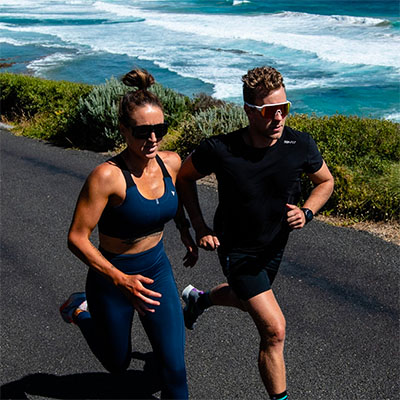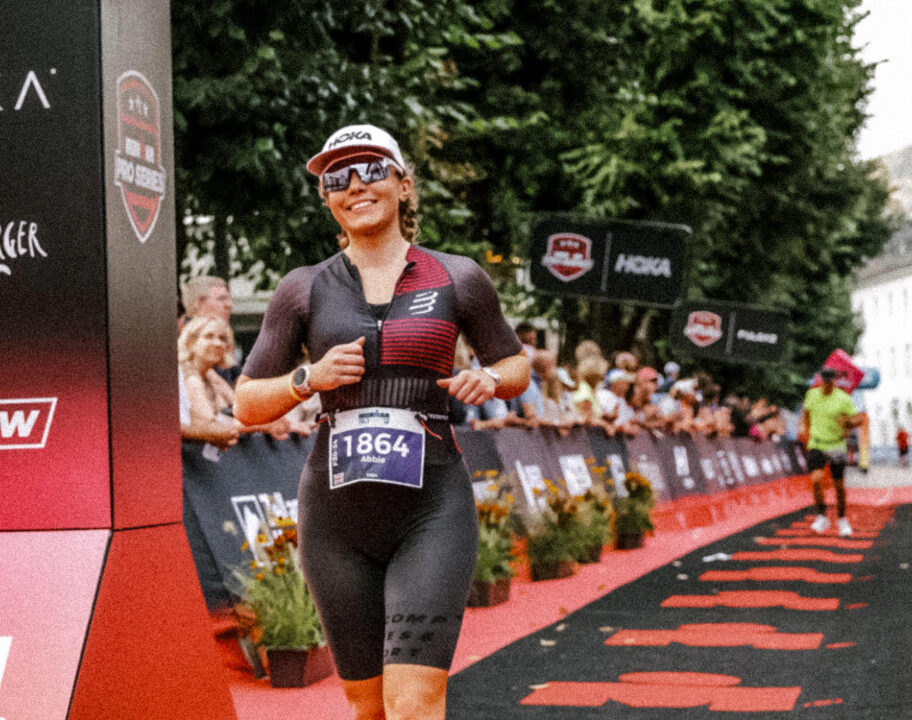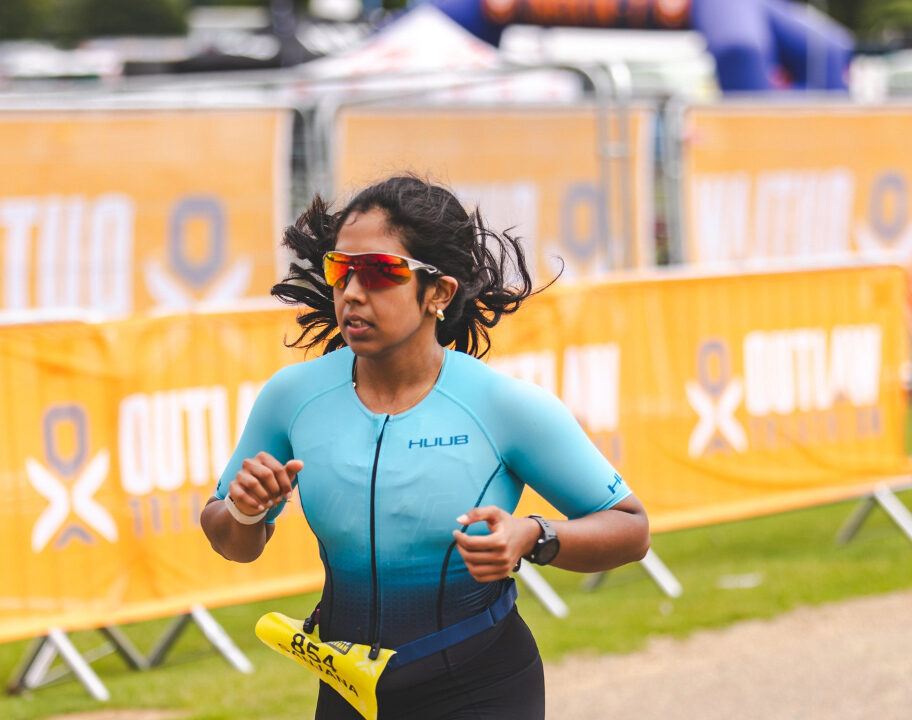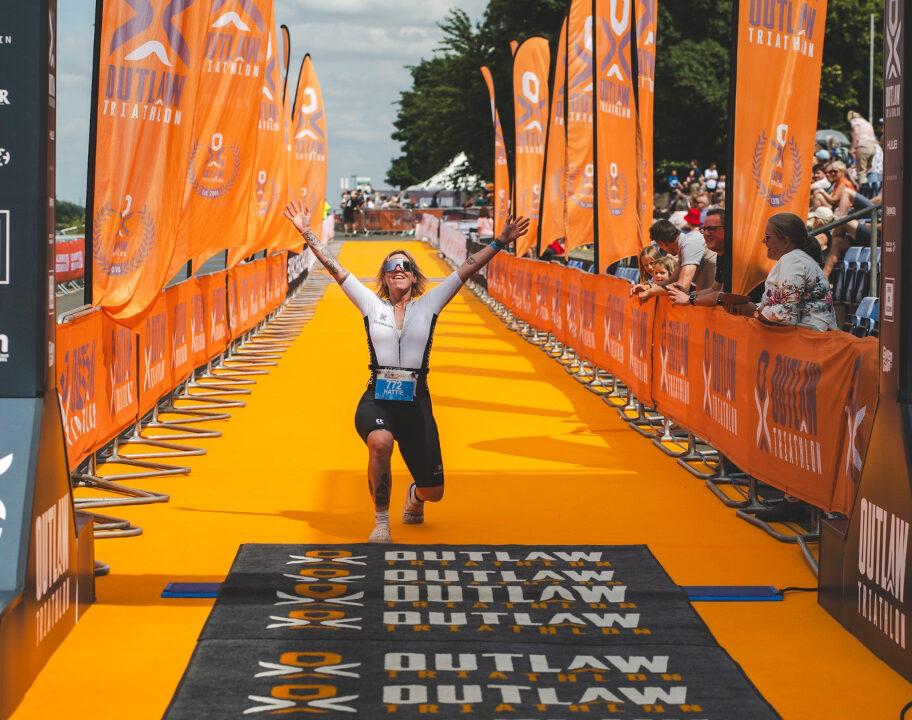Whilst it might seem like a long time ago now, it has only been 18 months since Gustav Iden shocked the triathlon world and obliterated the course record in Kona to win the IRONMAN World Championships.
The only thing that might have been more shocking than Iden’s performance was what he got up to with his training partner Kristian Blummenfelt the week before the race, as the pair completed an Ironman over 48 hours of training just days out from the event.
Explaining why their training sessions weren’t quite as crazy as they seemed in his new podcast “The Norwegian Method Podcast“, coach Olav Aleksander Bu takes on the topic of tapering alongside co-host David Lipman.
“It boils down to what brings out the best performance”
For Bu, everything comes down to performing at your best on race day, with tapering no different. Explaining the science, he breaks down what the taper is all about.
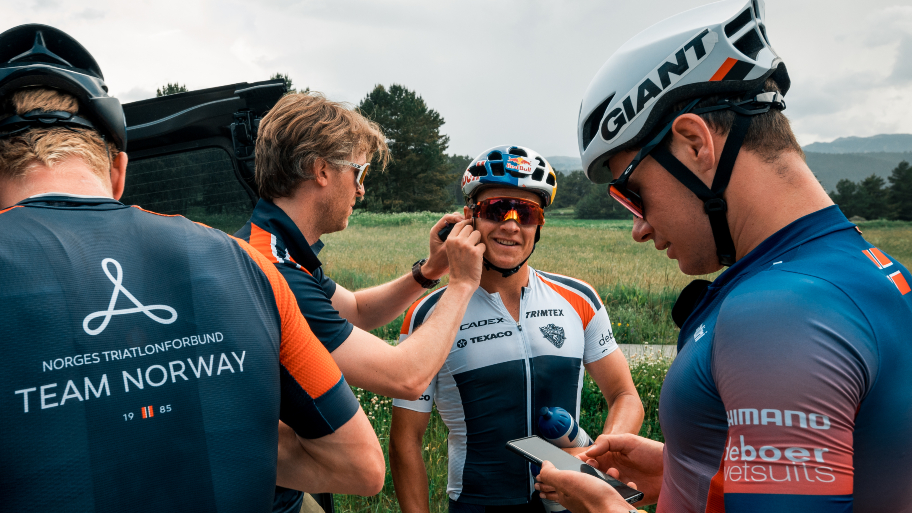
“When it comes to tapering, it boils down to what brings out the best performance. This is a place where it is very easy to get lost in physiology and all the research that has been done on the topic.
“Obviously the reason why we taper is to be recovered enough to bring our A game on race day. We know that when we are training we are breaking down something so then basically through recovery and adaptation we get stronger because this is how the organism is working.
“Some things take a longer time to recover in the body and some things take a shorter time to recover. For example, how long does a neurological system really need in order to get to the optimal firing of signals? How long does it take to top up your glycogen stores? Some of these things we have good science and evidence on and then some of these things we are more in the gray zone.”
For age grouper racers, in particular those training no more than 10-15 hours a week, there is no need to taper for a huge amount of time says the Norwegian.
“To simplify this, to taper on race day, if you are an athlete that trains 10-15 hours a week, you don’t have very much to taper on and you don’t need that big of a taper either.
“As long as you are basically not going all out to the last week into the race, it’s more about bringing the volume down slightly and keeping the day before the race very short and easy.”
“Everything is about performance”
Moving on to Iden and Blummenfelt as specific case examples of a professional athlete’s taper, Bu points out that training the amount they did a week out from Kona was a surefire way of knowing they were ready to roll.
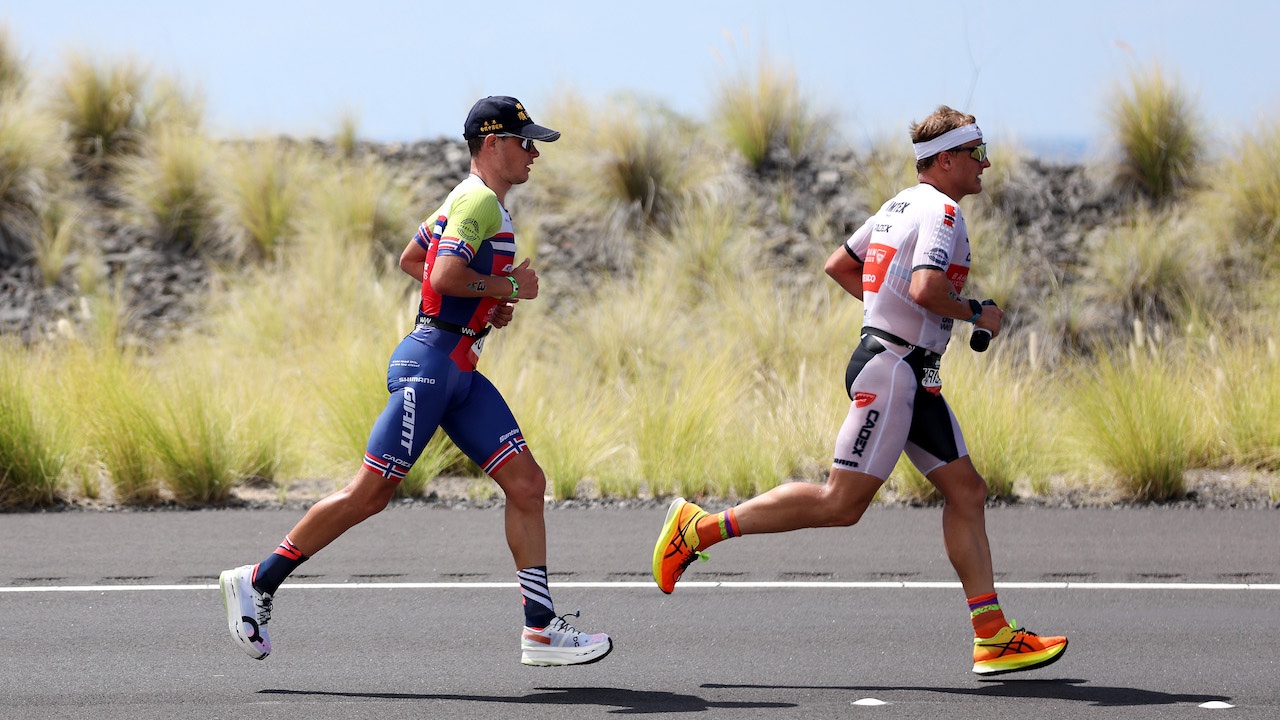
“For elite athletes when you are up to 30-35 hours per week like Kristian and Gustav, you can imagine that a lot of people were shocked when they saw the training they did into the last weekend of the race before Kona.
“Everything is about performance. On race day, you are going to swim 3.8km, bike 180km and run 42.2km. If you can then go out and do a 3.8k swim, then do a 180km bike broken up into intervals with rest in-between in one day, that is already a massive reduction from what you’re going to do on race day.
“Then the next day if you go out and do a little shorter session that lasts maybe a couple of hours and run a marathon after that, it’s still a reduction and you have broken up a race day now into quite a big reduction from what you will actually do during the race.
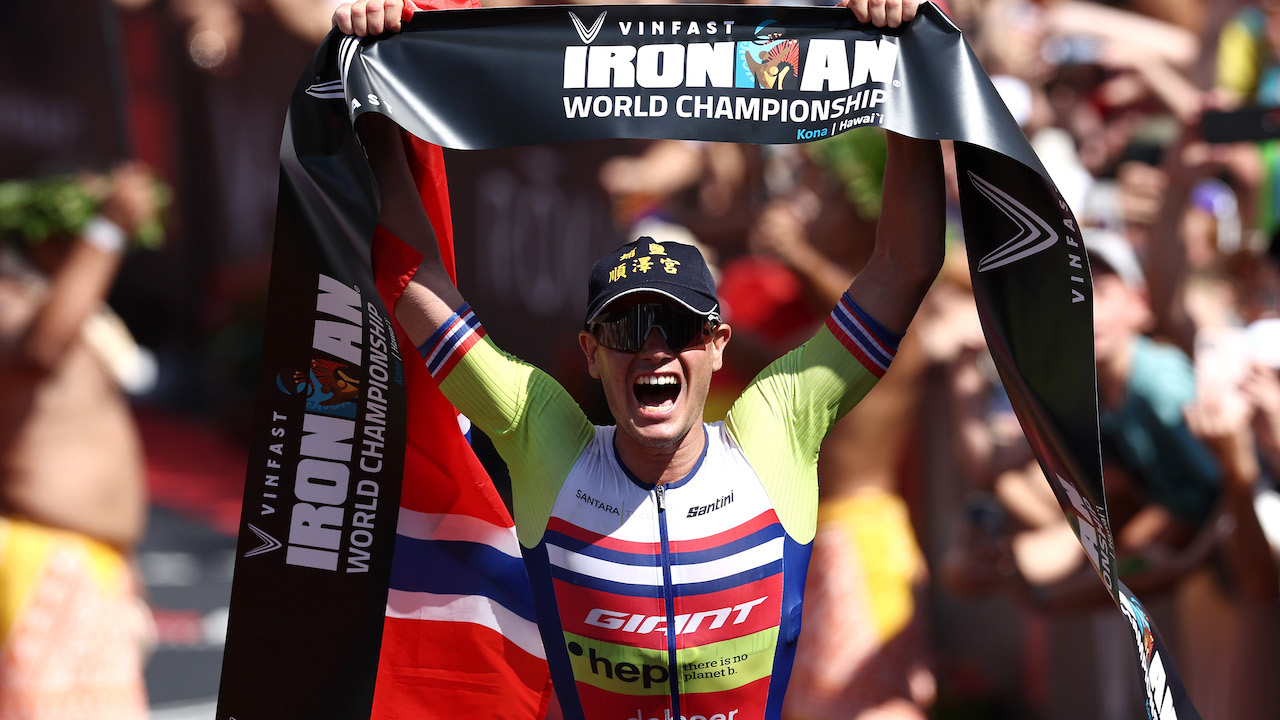
“This is actually a big reduction from what they’re going to be doing on race day and if you can’t do this, you are not going to be able to race or set the record on race day because you are not prepared for that.”
Bu acknowledges the gap between amateurs and professionals, stating that “the taper at this level in this context is of course extreme just because of what they are adapted to”, but highlights the importance of understanding how what Blummenfelt and Iden did was well within their ability.


